Warning: this post has pictures of bare-naked ladies. My newest piece, Boudoir II, may be called something of a "boudoir painting"- a bit of campy fun for me. I find myself drawn to appropriating and playing with traditional forms of displaying the female form. What is a boudoir painting? It is a painting of an object of desire, for the purposes of private viewing, rather that public display. In other words, for the bedroom, not the drawing room. However prurient the motivations creating and owning such art may have been, boudoir painting has an august history, and are often considered to be some of the worlds greatest works of art. The examples of boudoir paintings shown below differ from Boudoir II in one important way: my lady has got clothes on. But what it does have in common with them are: a prominent female figure, who usually addresses the viewer directly, in an intimate setting, that includes props that infer meaning. The trappings and props create a narrative, and often, the artworks raison d'etre.
At any rate, the inclusion of "Venus" in the title provides the necessary bona fides that made this an acceptable work to own. "Orientalism" is another way that western painters could legitimize depicting the female nude. Imperialism and colonialism created a blank canvas upon which a European artist could depict sensuality not permitted by polite society in Europe. Grand Odalisque by Ingres is one of the most famous examples of this. Interesting fact: the word "Odalisque" means an enslaved woman, or a concubine in a harem. It's French, derived from the Turkish word, odalık, which derived from the word oda, meaning "room". As in, you can't leave your room. Then things started to get really interesting. In 1865, Edward Manet painted "Olympia". It was transparently referring to The Venus of Urbino, shown above, but with oppositional elements. It was shocking to society at the time, not because she was naked, but because of her frank, direct gaze, and accoutrements that indicated she was a prostitute, not a goddess or an exotic "other". She is depicted as a woman in charge of her sexuality, not a receptive, docile plaything. (An interesting and related subject is the difference between "nude" and "naked" in traditional art- but that is for another blog post!) Though the veil may have been ripped off the pretense of female nudity, the racist depiction of her black maid, who literally disappears into the background, was entirely conventional. For some interesting background about both of the models in this painting, go to these articles: Victorine Meurent and Laure. As time went on, the ability to mass produce imagery developed, so the boudoir picture moved from the salons of the privileged few to the Everyman. Depictions of nudity, and specifically female nudity, became more and more acceptable in fine art and in popular culture.
For a great example of this, check out Vixen Pin Up Photography, whose tag-line is "Be the Girl of Your Dreams" In 1975, Laura Mulvey, feminist film and culture critic coined the phrase "The Male Gaze" to unpack the phenomena of the preponderance of female nudes in visual culture.
In 1985, an anonymous group of female artists called The Guerrilla Girls formed to fight sexism and racism within the art world.
So, what does this all mean? I don't pretend to be particularly enlightened when it comes to feminism and art. I am still very beholden to The Male Gaze myself. But part of being an artist is following where our inspiration leads us. My relationship to sexualized images of women is an inexorable part of who I am. The question is, what do I do with it? How does it reflect my individuality? Does it resonate with others, and if so, how?
1 Comment
|
Take a Closer Look.
Here is an intimate, in depth glimpse into my thoughts, inspiration and artistic process. Categories
All
Not seeing what you're looking for? My previous blog on blogspot can be found HERE.
|
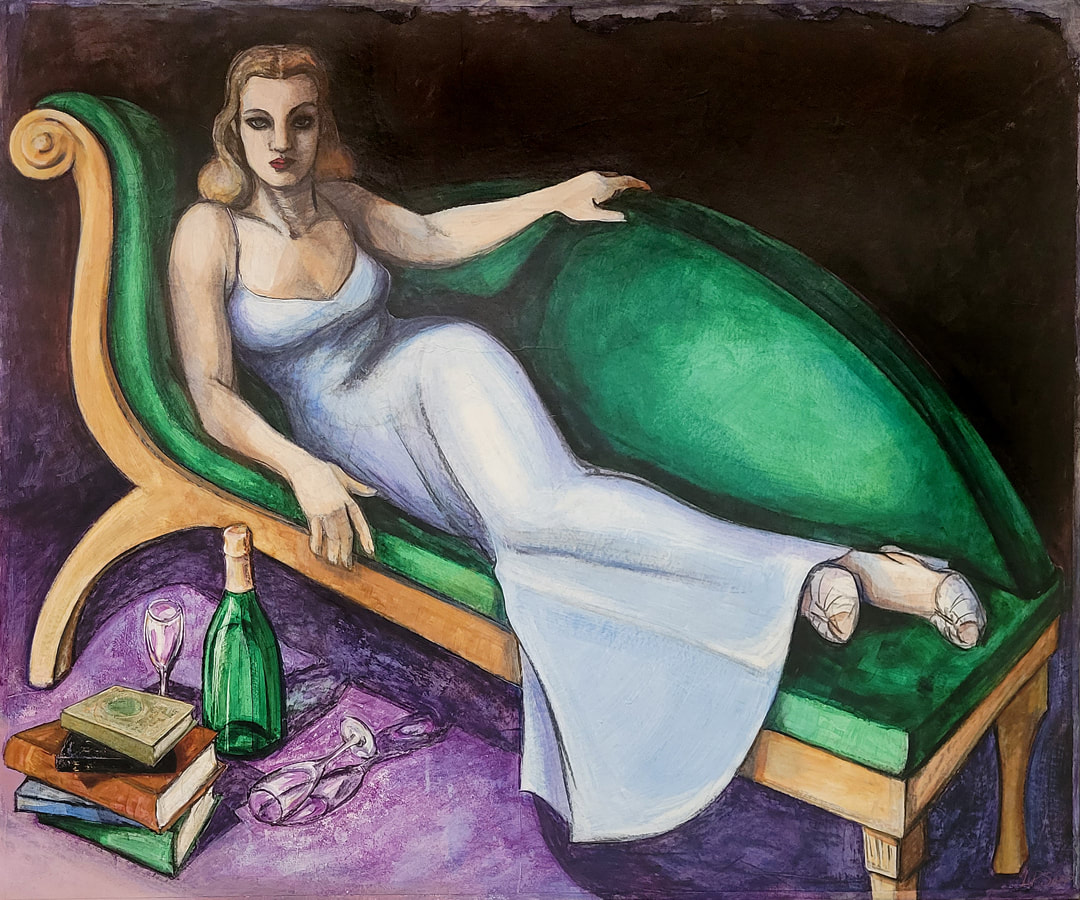
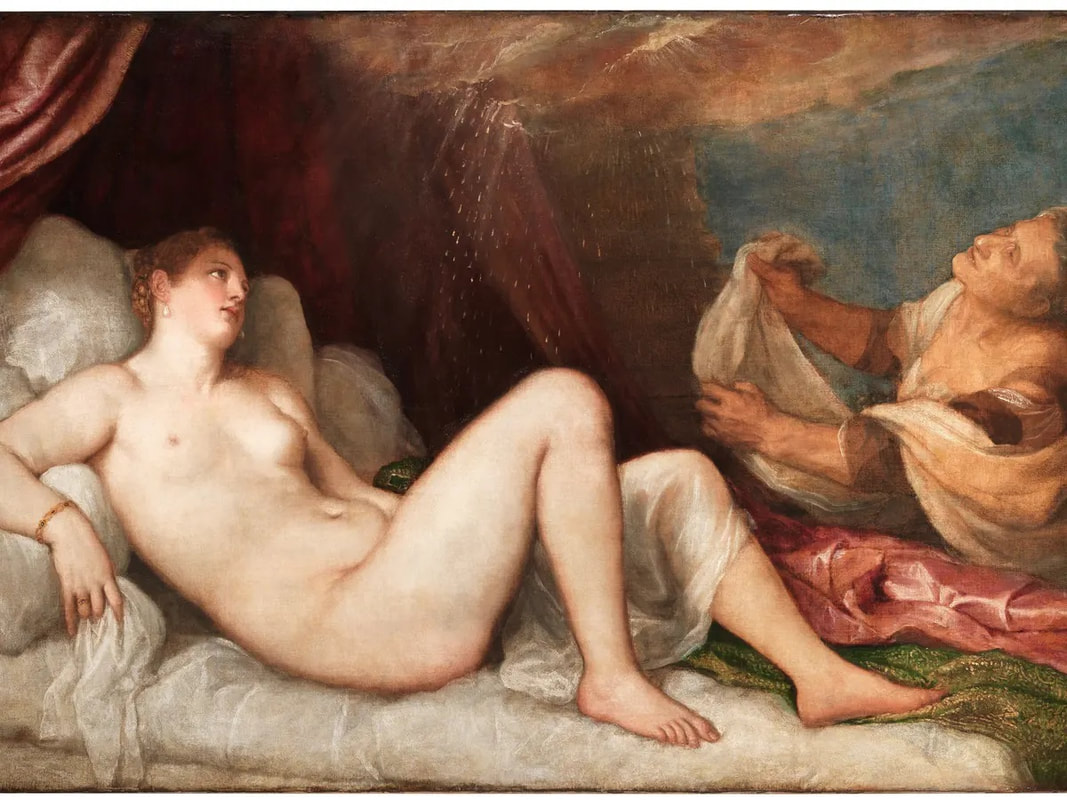
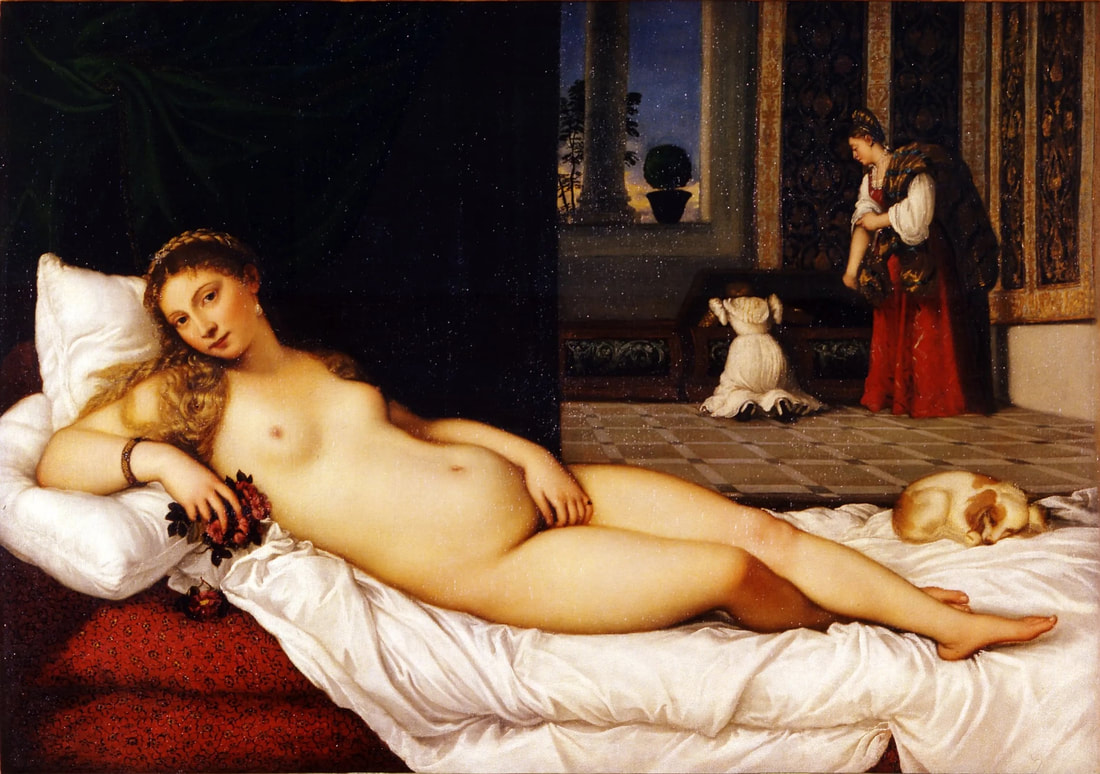
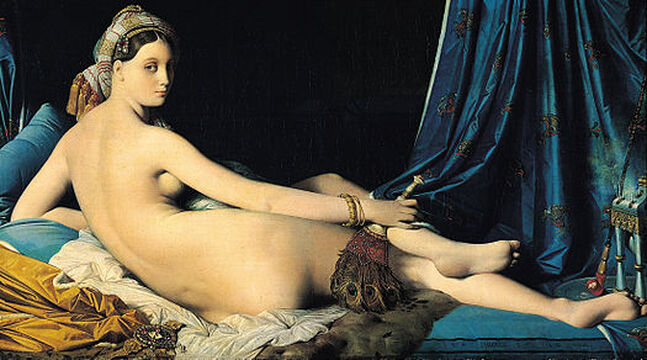
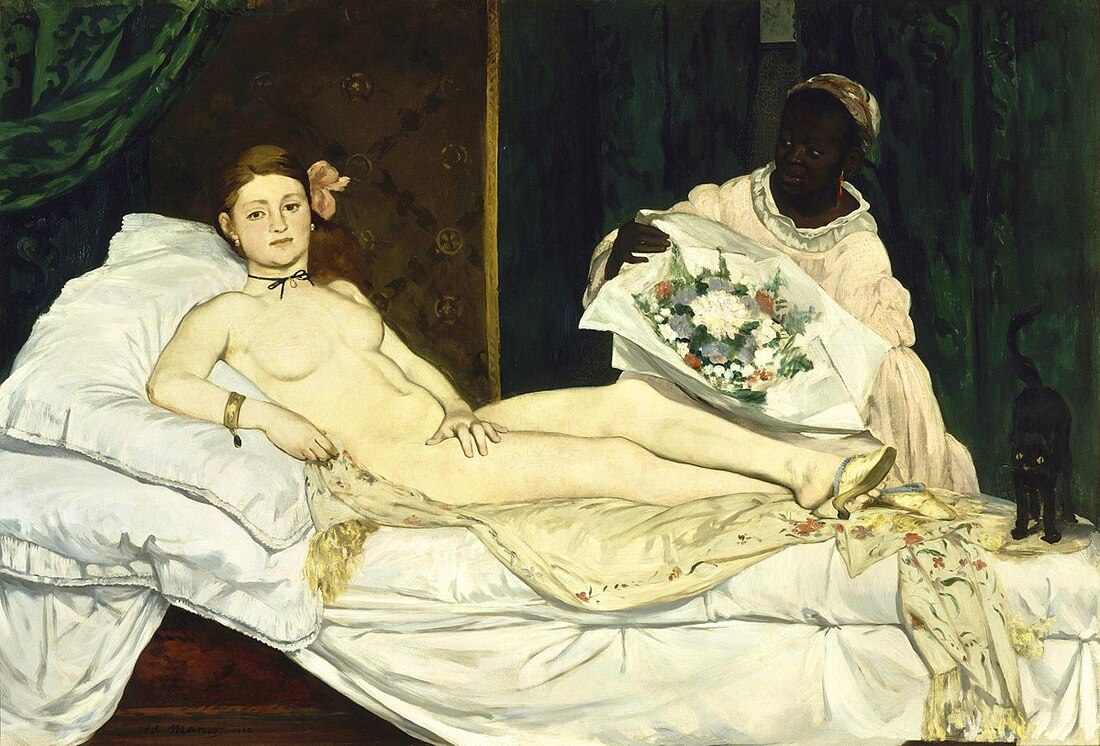
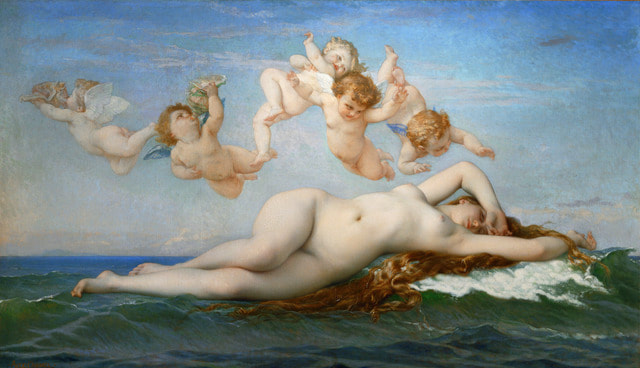
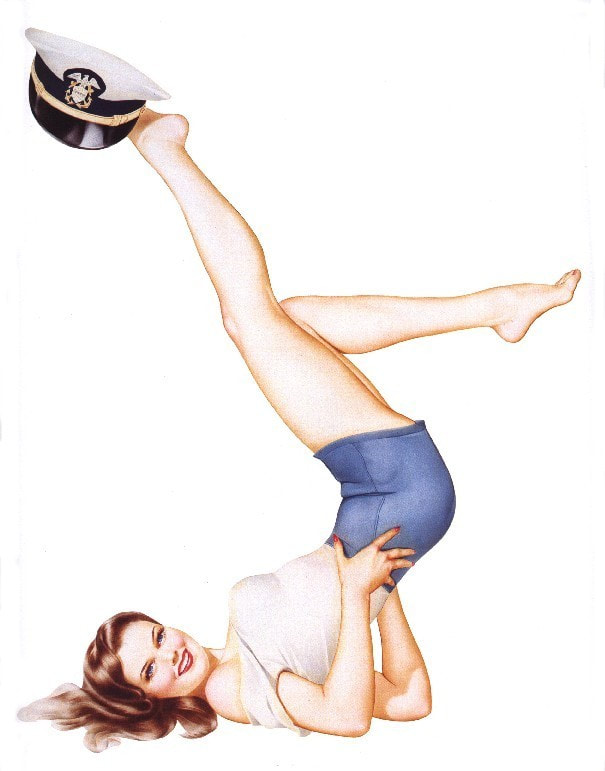
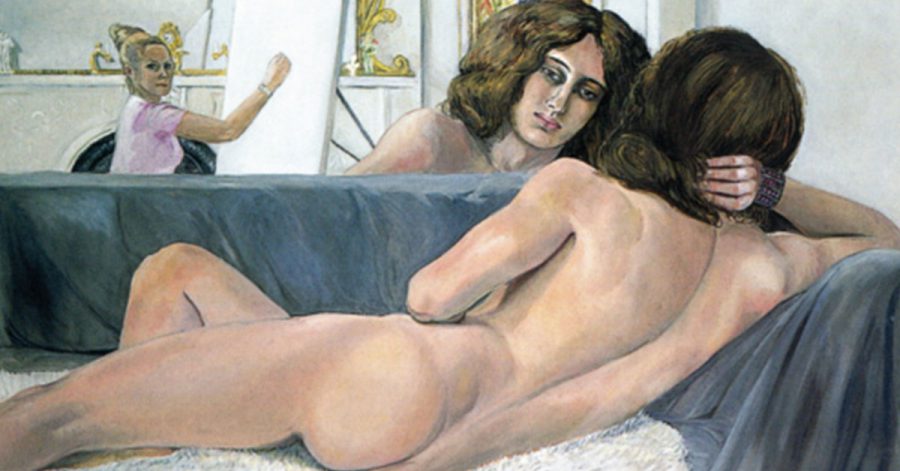
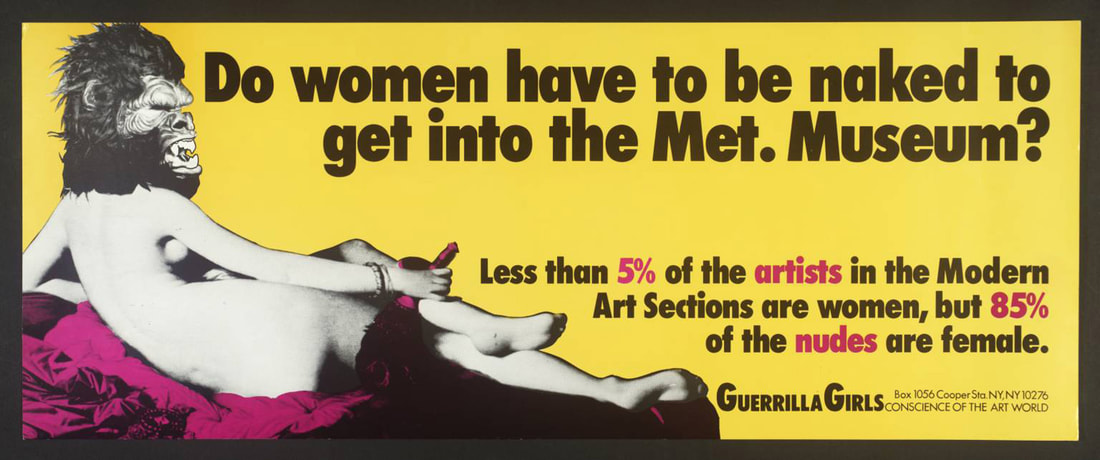
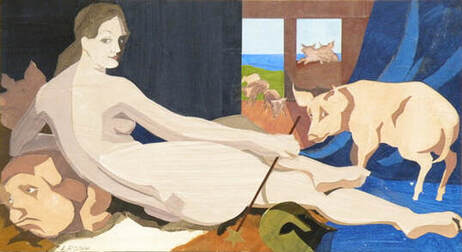
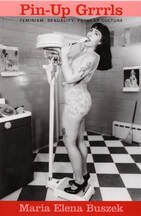
 RSS Feed
RSS Feed